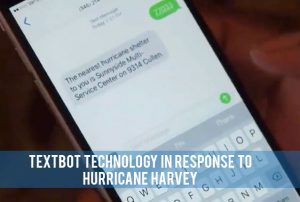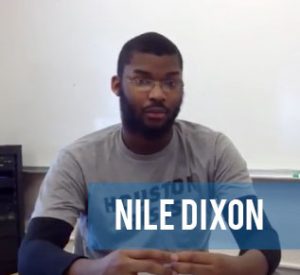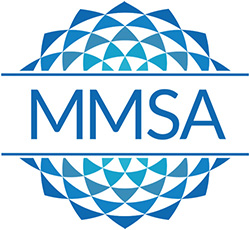 As we commemorate the 6-month anniversary of Hurricanes Harvey, Irma and Maria, which collectively were by far the costliest hurricanes in the history of the US, it is sobering to realize that our youth will need to contend with many more natural disasters in their future. Due to climate change, the weather is becoming more unstable, resulting in not only hurricanes, but also blizzards, tornadoes, droughts and wild fires.
As we commemorate the 6-month anniversary of Hurricanes Harvey, Irma and Maria, which collectively were by far the costliest hurricanes in the history of the US, it is sobering to realize that our youth will need to contend with many more natural disasters in their future. Due to climate change, the weather is becoming more unstable, resulting in not only hurricanes, but also blizzards, tornadoes, droughts and wild fires.
STEM disciplines—especially technology—offer some hope for predicting, responding to, and mitigating these natural disasters. Shortly after the 2017 hurricane season, we began working with the Teen Science Café Network to help high school youth understand how technology (including drones, communication technology, mapping tools, and sensors) can be used in response to disasters. Another goal of our work is to help students see the STEM-rich career pathways involved in emergency management. We expect to reach 600 youth in at least 20 sites nationwide with Teen Science Cafés focused on this topic. The research part of this project will collect baseline data about what students already know and understand about the technology of emergency response. We plan to collect this data through a trivia game that will be used at the start of any Teen Science Cafés that host an event on the topic of emergency management.
Who facilitates these Cafés? Typically adults from the community who have current experience that is engaging to youth act as facilitators. In Maine, we have worked with Dan LeClair, a professor of aviation at the University of Maine at Augusta, to introduce Machias youth to the uses of aviation to map the damage caused by hurricanes. As the commander for the Civil Air Patrol’s mission to map Hurricane Sandy a decade ago, Dan directed hundreds of flights that used aerial photographs to map the situation. Now, much of the work is being done by camera-equipped drones. High school youth have unique opportunities to learn about this work, and to develop a well-paying career in emergency management aviation through UMA’s program.
We are also working with Nile Dixon, a Colby College sophomore, who quickly developed a “textbot” to help residents in his hometown of Houston locate the nearest emergency shelter that was not yet filled. Nile is pioneering a new field called “civic tech”, which uses state-of-the-art technology to respond to immediate needs of communities. Nile will tell his story, including how he taught himself to program, at the Maine State Science Fair on March 24th. You can hear a shorter version of this amazing 19 year old’s story here: https://youtu.be/viJ1_Sfy4r0.
In the next few months, we will develop a resource bank of videos, biographies of people who engage in STEM in emergency management, hands-on activities, and background on this emerging field for leaders of Teen Science Cafés. Ultimately, our goal is to introduce youth to ways they can use technology—either as a citizen or a professional—to deal with the natural disasters that they will face.
(MMSA staff who work on this project: Lisa Marchi and Jan Mokros. Partners are Michelle Hall and Michael Mayhew, who lead the Teen Science Café Network. Both our project and the TSCN are funded by the National Science Foundation.)


